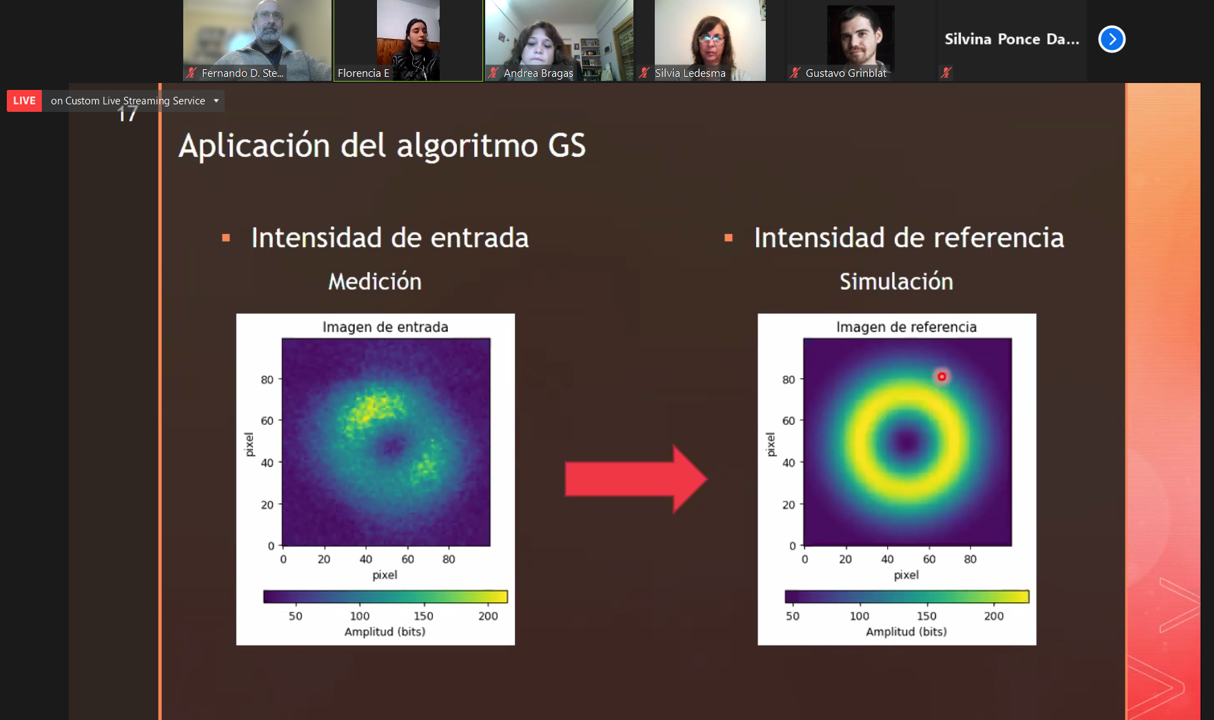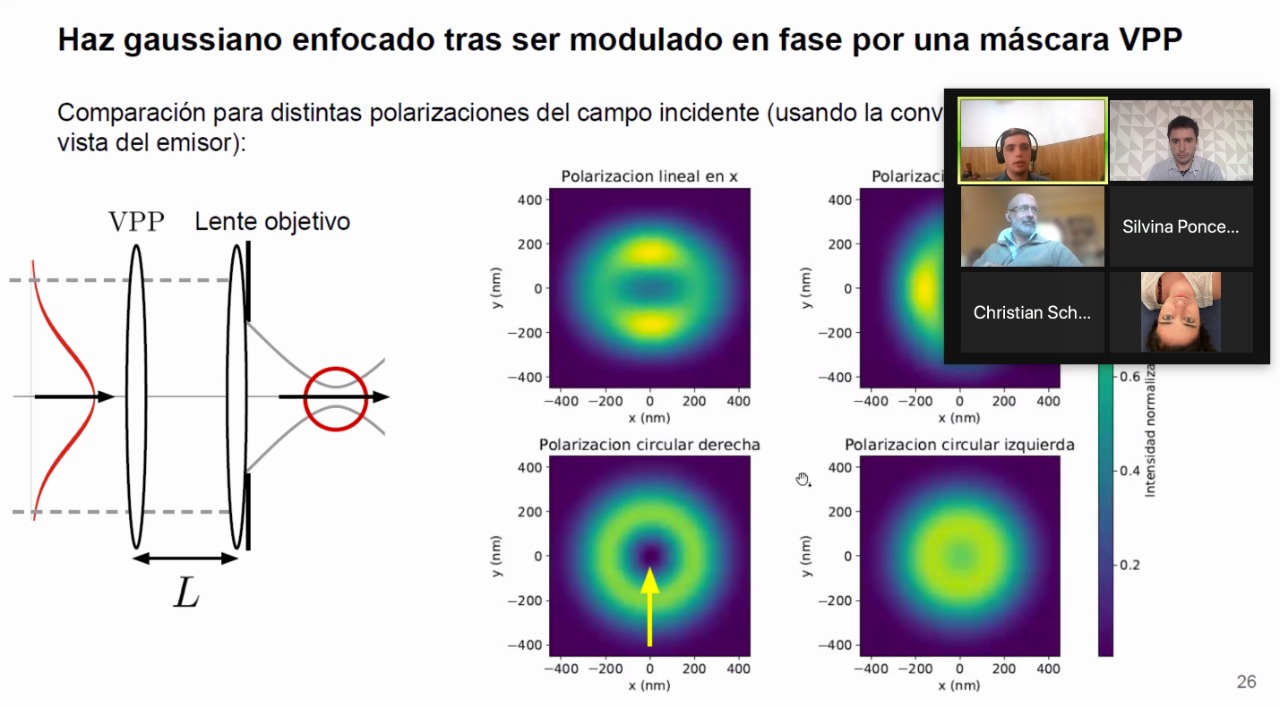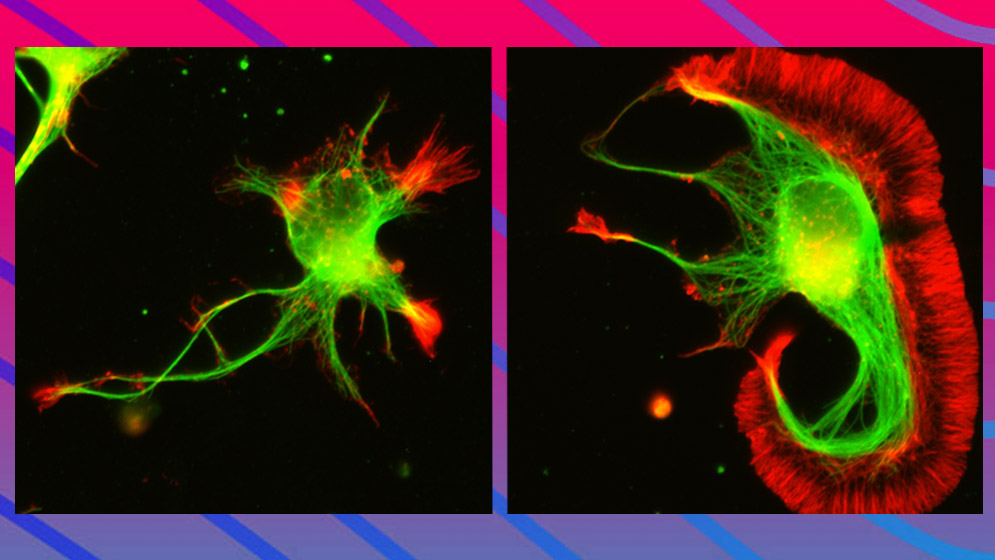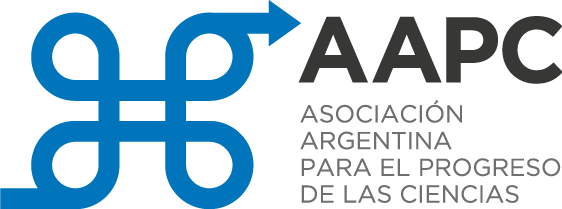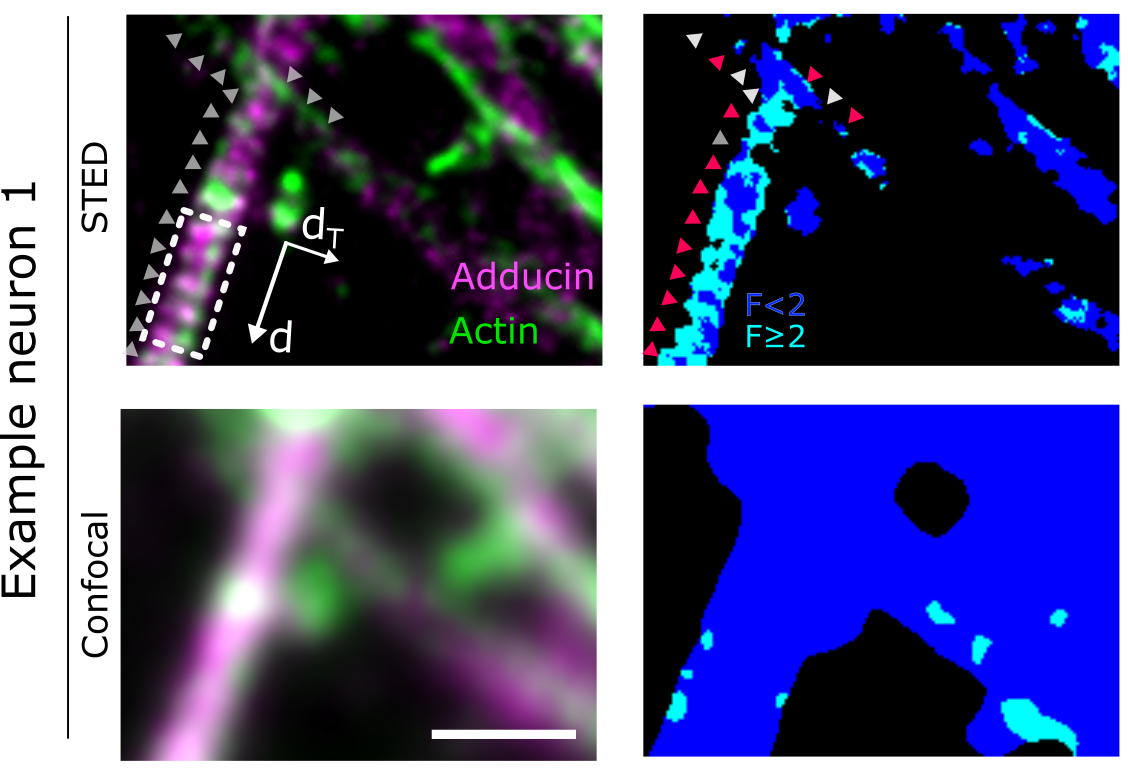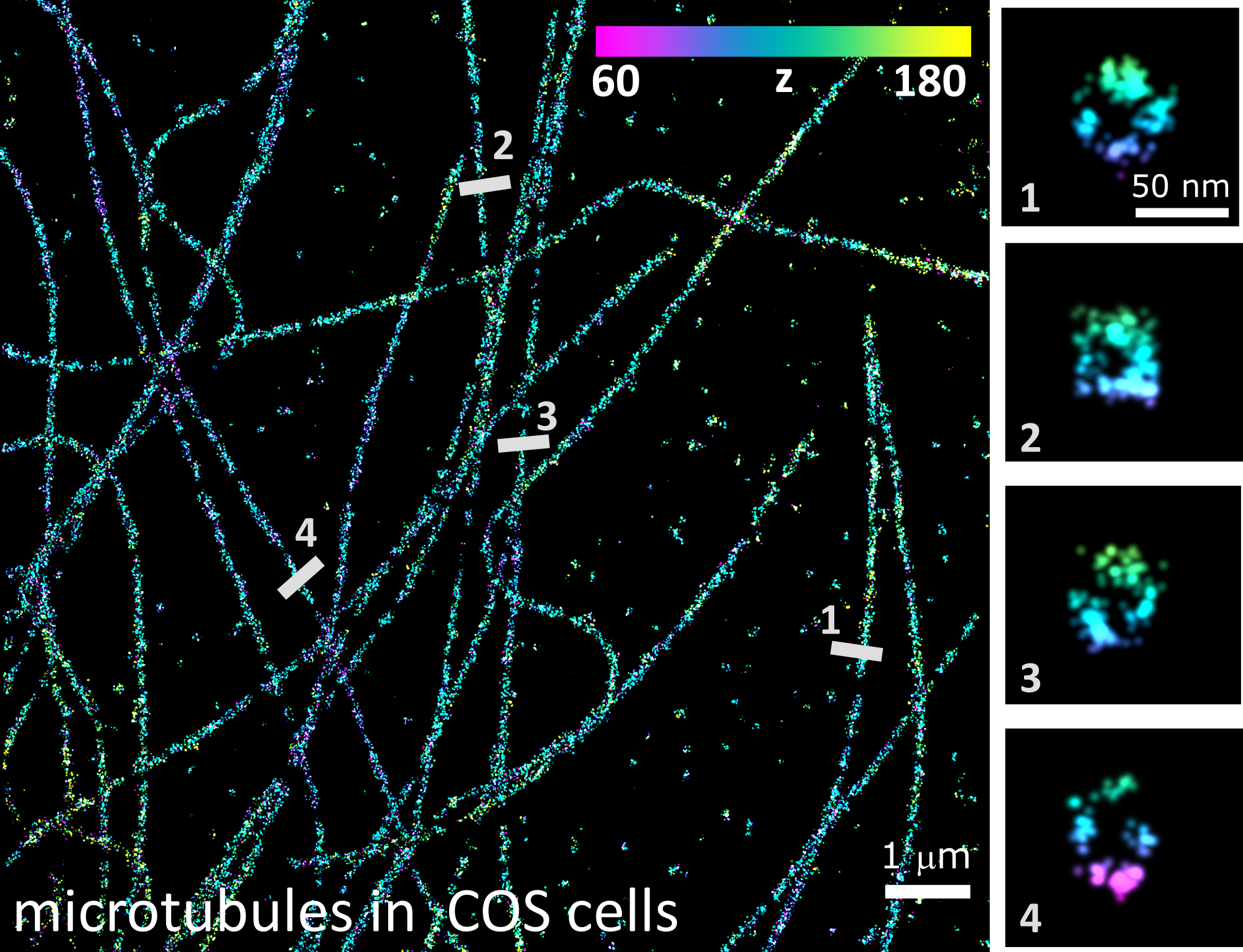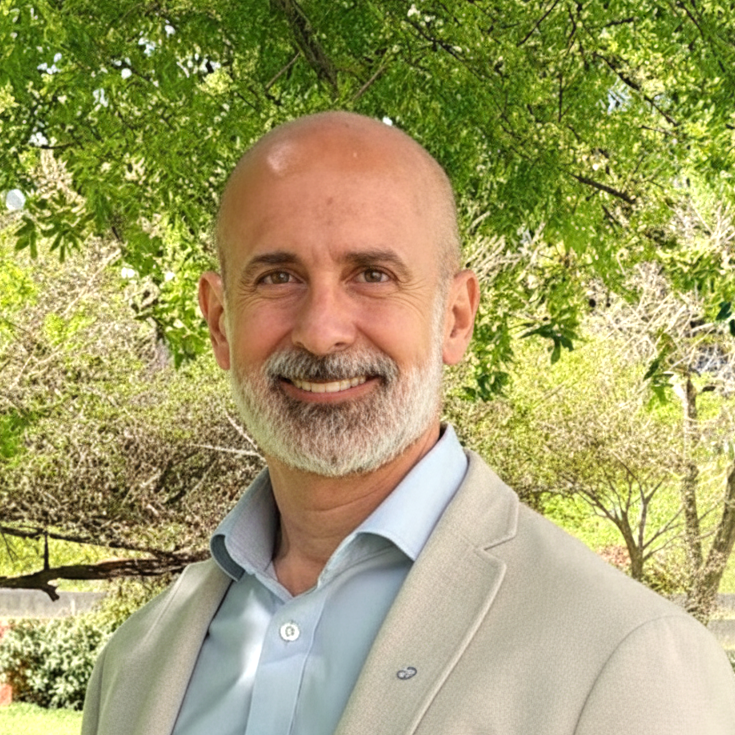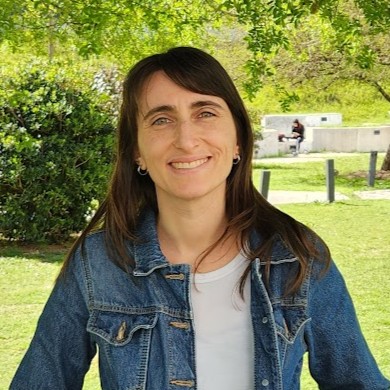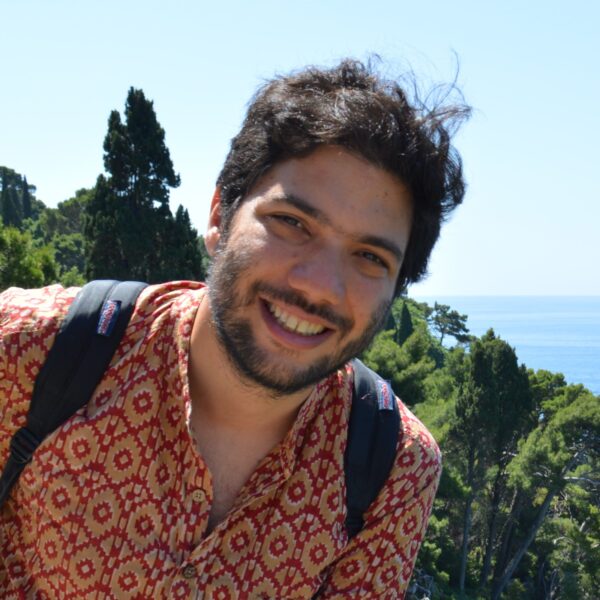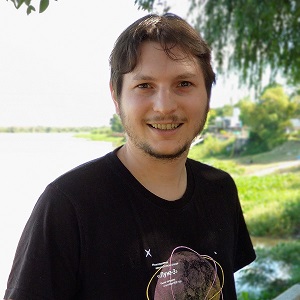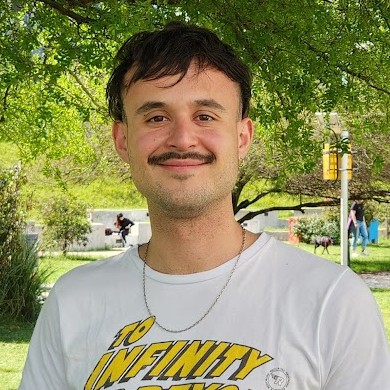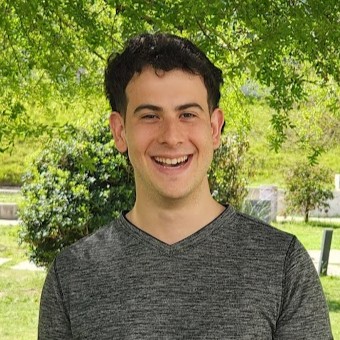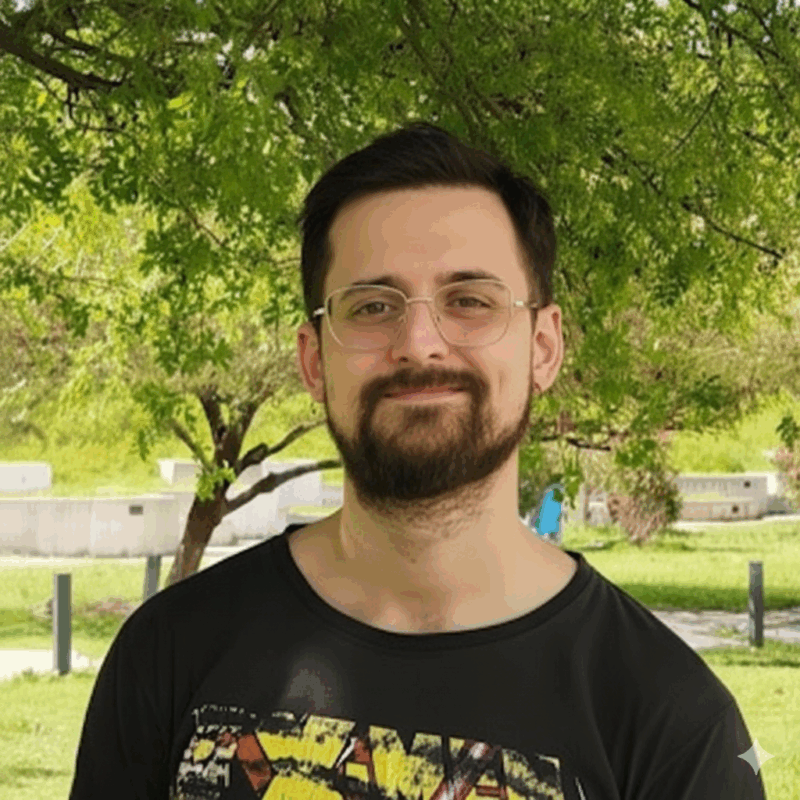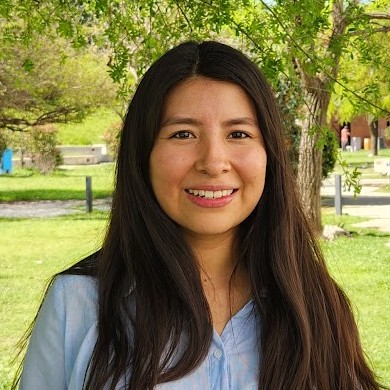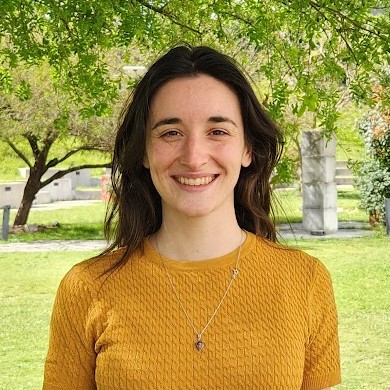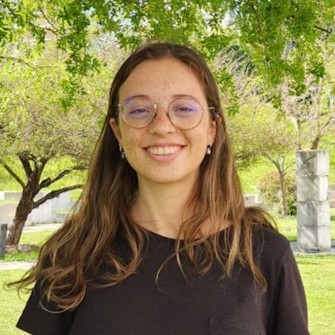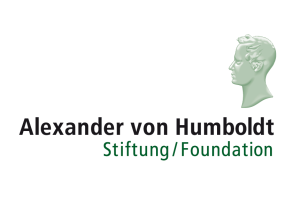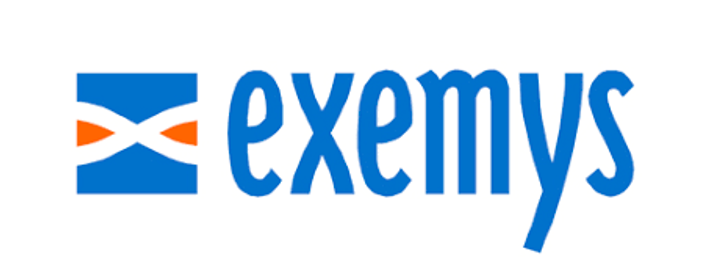Center for Bionanoscience Research (CIBION), National Scientific and Technical Research Council (CONICET)
Physics Department, Faculty of Exact and Natural Sciences, University of Buenos Aires (UBA)
Using optical methods, we explore the properties and technological applications of nanoparticles, single molecules, nanostructured materials, supramolecular assemblies, biological and hybrid nanosystems.
The Applied nanoPhysics Group was launched in October 2009 at the Physics Department, Faculty of Exact and Natural Sciences, of the University of Buenos Aires (UBA)
In 2012 we moved our labs to the Center for Bionanoscience Research (CIBION) of the National Scientific and Technical Research Council (CONICET), while Prof. Stefani still holds his position at the Physics Department of the University of Buenos Aires.
CURRENT RESEARCH ACTIVITIES
Fluorescence nanoscopy.
Super-resolution fluorescence microscopy, also known as fluorescence nanoscopy, has revolutionized biological imaging because they provide deep sub-wavelenght spatial resolution while keeping the low-invasiveness of far-field optical interrogation. We apply and optimize well-established methods like STED and STORM, and develop new ones, such as MINFLUX, and open-source software for fluorescence nanoscopy. With them, we address questions of cellular and neuronal biology.
Optical printing colloidal nanoparticles.
Colloidal chemistry enables the fabrication of nanoparticles of different shapes, sizes and material compositions, that exhibit unique physical and chemical properties, inexistent in bulk materials. In order to make use of those properties in devices and circuits, it is necessary to develope methods to bring the colloidal nanoparticles from the liquid phase to specific locations of solid substrates. We address this challenge using optical forces.
Self-assembled Nanophotonic Devices.
Semiconductor-based devices are approaching intrinsic limits of speed and heat dissipation.
Optical devices are faster and practically loss-less, but their size miniaturization is limited by the wavelength of light. Nanophotonics and Plasmonics deals with the manipulation of light at the nanoscale. We investigate light-matter interaction between single-photon emitters and metallic nanoparticles organized in nanodevices by self-assembly.
LATESTS NEWS
Congratulations Florencia!
Today, Florencia Edorna obtained her degree in Physics from the University of Buenos Aires with the highest grade. Florencia came to our group wishing to work on 3D STED and MINFLUX nanoscopy, incorporating adaptive optics schemes to bring those methods to their maximum performance by correcting aberrations in the optical [...]
Congratulations Fernando Caprile!
Today, Fernando Caprile obtained his degree in Physics from the University of Buenos Aires with the highest grade. Fernando came to our group wishing to perform single-molecule experiments and to learn the latest advances in fluorescence nanoscopy, in particular about MINFLUX. Unfortunately, the COVID-19 outbreak made it impossible for us [...]
Divulgación – Viendo el interior de las neuronas
CONICET publicó una muy linda nota sobre el trabajo interdisciplinario que venimos llevando adelante con los grupos de neurobiología de los Dres. Alfredo Cáceres y Damián Refojo, destacando los últimos logros publicados en Nature Structural and Molecular Biology, Nature Communications y Nano Letters. En el artículo titulado "Viendo el interior [...]
Focus on Microscopy 2021
This year, the traditional conference Focus on Microscopy - FOM2021 - was held as an online edition from Sunday March 28 to Wednesday March 31, 2021. Our group participated with three contributions: 1) Luciano Masullo presented pulsed interleaved MINFLUX Luciano A. Masullo, Florian Steiner, Jonas Zähringer, Lucía F. Lopez, Johann [...]
Prof. Stefani es incorporado a la Asociación Argentina para el Progreso de las Ciencias
El Prof. Fernando Stefani fue incorporado como Miembro Titular a la Asociación Argentina para el Progreso de las Ciencias. La Asociación Argentina para el Progreso de las Ciencias (AAPC) es una organización no gubernamental sin fines de lucro, dedicada a fomentar el avance y la difusión de la ciencia y [...]
Orienting single-molecules in DNA-origami
DNA-origami technology is wonderful to fabricate all kinds of nanoscopic objects by self-assembly. We, in particular, use them to fabricate nanophotonic devices. That involves placing photon emitters alongside nanoparticles of different materials on well-defined nanometric geometries. DNA-origami is unique in the sense they provide great positional and stoichiometric control; we [...]
Finally! Super-resolved FRET imaging
Förster resonance energy transfer (FRET) from a fluorophore in the excited state (donor, D) to a fluorophore in the ground state (acceptor, A) provides a signal sensitive to D−A separation distances in the 0−10 nm range, and to various environmental parameters. A vast number of FRET imaging protocols and sensors [...]
3D TIRF nanoscopy with sub-10 nm resolution
Single-molecule localization microscopy methods, such as STORM and DNA-PAINT, belong to the most widely used techniques of fluorescence nanoscopy because they provide very good spatial resolution with a simple experimental set-up. STORM reaches lateral resolutions < 20 nm, and DNA-PAINT < 10 nm. However, achieving the same level of resolution [...]
COLLABORATORS
STEFAN HELL
Max-Planck-Institute for Biophysical Chemistry (Göttingen, Germany)
THOMAS JOVIN
Max-Planck-Institute for Biophysical Chemistry (Göttingen, Germany)
ALFREDO CÁCERES
Instituto Universitario de Ciencias Biomédidas de Córdoba (Córdoba, Argentina)
PHILIP TINNEFELD
Ludwig-Maximilians-University Munich (Germany)
GUILLERMO ACUNA
University of Fribourg (Switzerland)
ANDRÉS ZELCER
Centro de Investigaciones en Bionanociencias (Buenos Aires, Argentina)
ANDREA BRAGAS
University of Buenos Aires (Argentina)
DARÍO KRAPF
Instituto de Biología Molecular y Celular de Rosario (IBR – Santa Fe, Argentina)
SABRINA SIMONCELLI
University College London (UK)
DAMIAN REFOJO
Biomedicine Research Institute of Buenos Aires (Argentina)
RODRIGO PALACIOS
Universidad Nacional de Río Cuarto (Córdoba, Argentina)
OSCAR CAMPETELLA
Universidad Nacional de General San Martín (Buenos Aires, Argentina)

